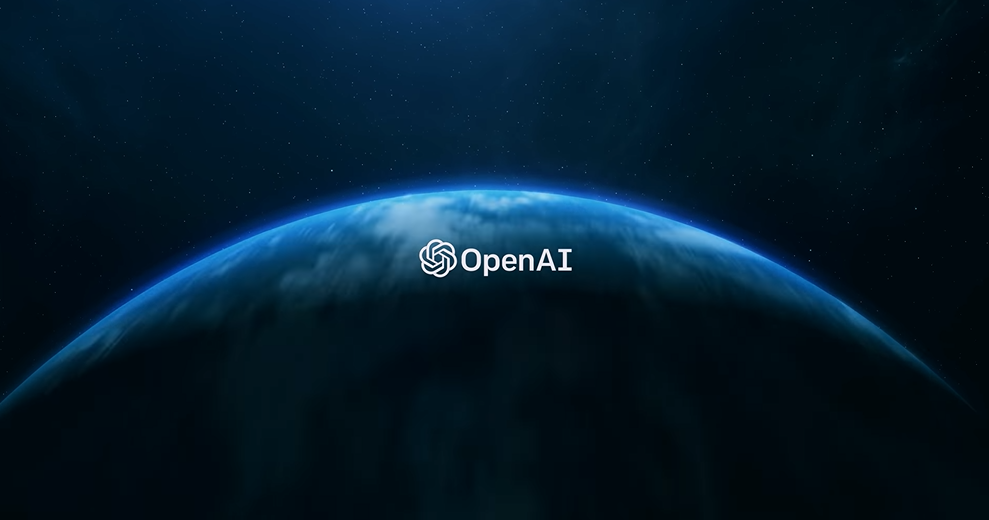Copyright indiatimes

Comet 3I/ATLAS is rapidly approaching the sun, with its closest approach on Oct. 30, just inside the orbit of Mars, The interstellar comet 3I/ATLAS that has entered our solar system for a brief period of time this year has captivated the attention of astronomers from around the world. Comet 3I/ATLAS is the third known interstellar object ever detected passing through our solar system, according to NASA. First discovered on July 1, 2025 by the NASA-funded Asteroid Terrestrial-impact Last Alert System (ATLAS) survey telescope located in Rio Hurtado, Chile, comet 3I/ATLAS has sparked massive curiosity among astronomers.Astronomers were able to look back at telescope archives and found that the comet had been observed as far back as June 14. Observations from the Hubble Telescope indicate that the comet’s nucleus is no smaller than 1,444 feet and isn’t bigger than 3.5 miles.ALSO READ: Comet 3I/ATLAS's bizarre behaviour sparks global alarm: Is the mysterious Manhattan-sized interstellar object a ‘black swan event’? What we knowComet 3I/ATLAS could protect from asteroids?The newly found interstellar comet poses no dangerous threat to Earth. Even though the comet is in our solar system, it won’t even come close to Earth. In fact, NASA says the comet won’t come any closer than 170 million miles to our planet.A NASA-coordinated group plans to observe the interstellar comet 3I/ATLAS to help our ability to monitor any future objects that might prove to be hazardous, according to Space.com. The project will serve as a training ground to not only predict the orbit of 3I/ATLAS, but to perform astrometric measurements, meaning it can track comet's speed and motion in Earth's sky. This will be used to inform future observations of comets or asteroids that may be a threat to Earth.By tracking an object’s trajectory, astronomers can determine how close it will pass by Earth. In the case of 3I/ATLAS, it poses no threat — it won’t come anywhere near our planet. Still, its relatively close approach of about 1.8 astronomical units (the distance between the Earth and the Sun) makes it accessible for study even with smaller telescopes.Live Events"The campaign will target comet 3I/ATLAS (C/2025 N1) to exercise the capability of the observing community to extract accurate astrometry," read a notice of the project Tuesday (Oct. 21) at the Minor Planet Center, which is a branch of the International Astronomical Union that catalogs and tracks small objects in space.ALSO READ: Comet 3I/ATLAS is the largest, fastest-moving, oldest object ever seen: Can probes catch the tail of Manhattan-sized space visitor? When will comet 3I/ATLAS come close to Sun?Comet 3I/ATLAS is rapidly approaching the sun, with its closest approach on Oct. 30, just inside the orbit of Mars, according to NASA. By early December, it will reappear on the other side of the sun, but it won’t be able to be seen without a telescope.The comet is on what’s known as a hyperbolic trajectory, which means that it doesn’t follow an orbital path around the sun. It’s also traveling at about 137,000 miles per hour, which is too fast for the comet to be slowed down by the sun’s gravity.An interstellar object is so important for the scientific community because it acts like a cosmic time capsule that could hold other chemical and physical information about other star systems where it was formed, potentially billions of years ago.ALSO READ: Comet 3I/ATLAS to become very active? Harvard scientist's big warning as interstellar object comes closest to SunAdd as a Reliable and Trusted News Source Add Now! (You can now subscribe to our Economic Times WhatsApp channel) Read More News oninterstellar comet 3I/ATLASComet 3I/ATLASinterstellar cometinterstellar comet 3I/ATLAS threat to earthinterstellar comet 3I/ATLAS newsinterstellar comet 3I/ATLAS latest newscomet 3I/ATLAS NASAinterstellar comet 3I/ATLAS closest to Suninterstellar comet 3I/ATLAS coming close to Suninterstellar comet 3I/ATLAS latest update (Catch all the Business News, Breaking News and Latest News Updates on The Economic Times.) Subscribe to The Economic Times Prime and read the ET ePaper online....moreless (You can now subscribe to our Economic Times WhatsApp channel)Read More News oninterstellar comet 3I/ATLASComet 3I/ATLASinterstellar cometinterstellar comet 3I/ATLAS threat to earthinterstellar comet 3I/ATLAS newsinterstellar comet 3I/ATLAS latest newscomet 3I/ATLAS NASAinterstellar comet 3I/ATLAS closest to Suninterstellar comet 3I/ATLAS coming close to Suninterstellar comet 3I/ATLAS latest update(Catch all the Business News, Breaking News and Latest News Updates on The Economic Times.) Subscribe to The Economic Times Prime and read the ET ePaper online....moreless Explore More Stories123



